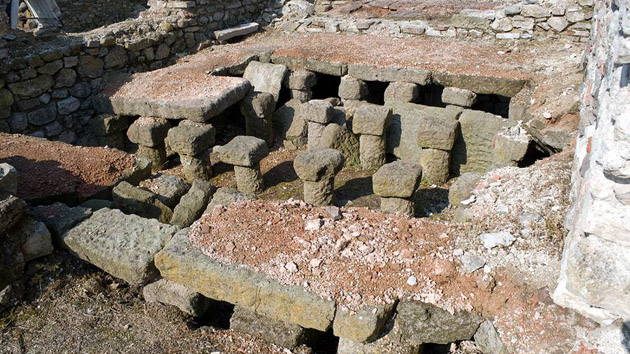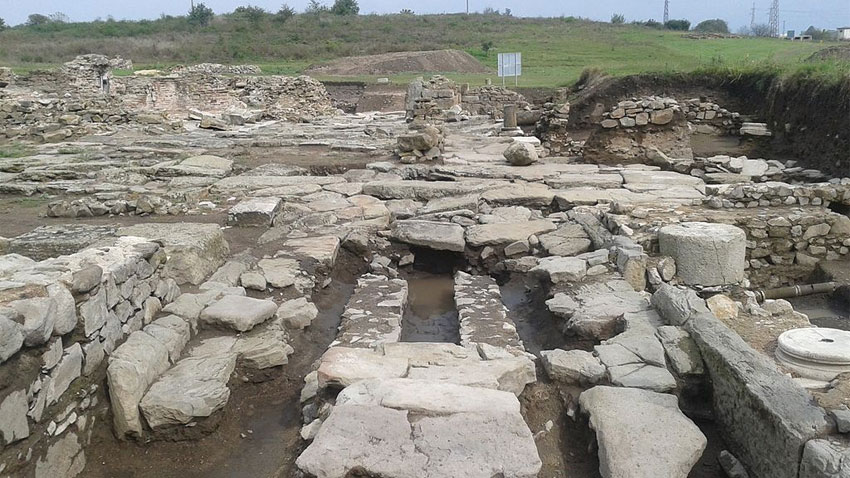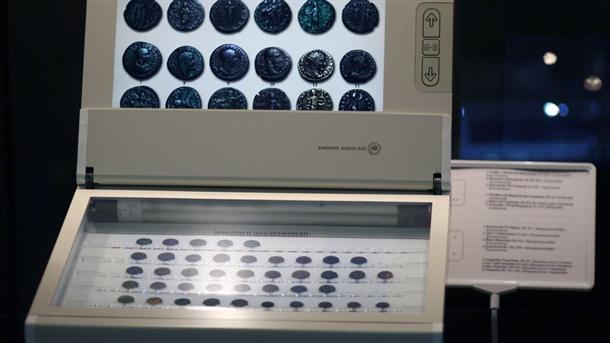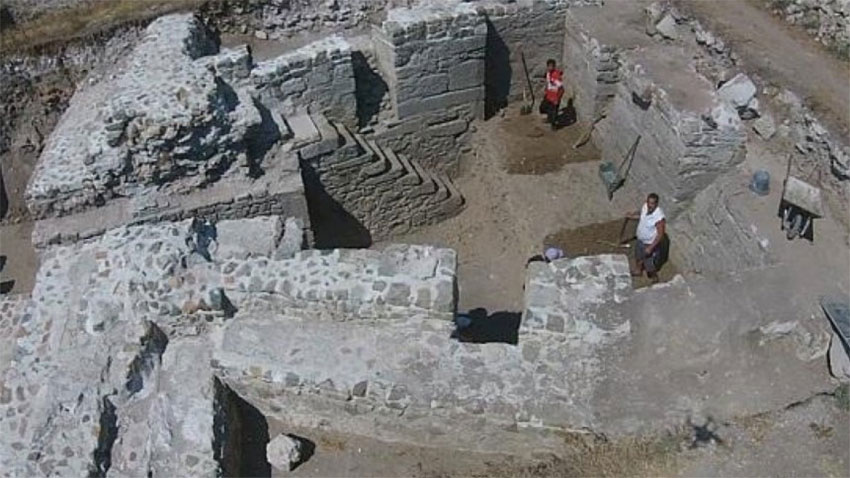 3
3
Distinguished with the European cultural heritage sign due to the diversity of its history and culture, the ancient and medieval town of Deultum Debelt located only kilometres away from Burgas was declared an archaeological reserve in the summer of 1988. For the first time the place was described by the Škorpil brothers at the end of the 19thcentury. Contemporary surveys began during the period 1981-1985.
In the middle of the 1st millennium BC, there was a powerful economic and social centre in this spot. Agriculture, fishing, metallurgy, crafts and trade were developed in the region. Several important trade routes passed here. Six hundred years ago, the area of the village of Debelt was a port in the westernmost part of the Burgas Bay, reaching up to 18 km inside the mainland, from the modern-day bay.
Are foreigners visiting the place? Yes, and so much so since ancient times! Roman Emperors and their families used to be frequent visitors, only that in this ancient period they were not foreigners but rather local people, since Deultum was part of the great Roman Empire. Moreover, as an important settlement on the border, it also had a customs office!

The foreigners who are now visiting the place are tourists attracted by its fascinating history. We learn more from than Krassimira Kostova, Director of the Historical Museum in the town of Sredets and head of the archaeological excavations:

What is the origin of the name?
“The oldest preserved name of the settlement is Dovelt and dates back two thousand and four hundred years ago, meaning "a place between two swamps" in the language of the ancient Thracians. It is regarded as a strange choice of place to live from today's point of view. The terrain is situated between rivers, not far from the sea, as were the requirements of convenience and practicality in antiquity. River tides during rain or the melting of snow in springtime often caused flooding and swamping. But when the water recedes, it leaves fertile land,” Krassimira Kostova explains.

The heart of the archeological reserve is the museum which traces the entire historical thread of living. There are remnants of Thracian, Greek, Roman and Byzantine civilizations, and traces of the Great Migration of the Huns, Goths, Slavs. The museum presents several exhibitions focusing on the settlement in the period of Late Antiquity, in the Middle Ages, on nearby dolmens, Thracian mounds, as well as an ethnographic collection.
It is believed that the region is closely connected with the adoption of Christianity in Bulgarian lands in 864. Some historians speculate that the baptizing of Bulgaria’s Knyaz Boris Mihail took place in the vicinity of the former Roman colony.
The area abounds also in other interesting historical and cultural sites, the most remarkable being the 160-km-long defensive shaft Erkesia built between Bulgaria and Byzantium, an impressive protection facility which even nowadays is partially visible from space.
Edited and translated in English by RossitsaPetcova
Photos: archive and bulgariatravel.orgOn the second day after Easter begins Bright Week. It is so called because of the light that Christ's Resurrection brings to the world. According to Orthodox tradition, it is a time when the Holy Apostles and the Virgin Mary are glorified. Bright Week..
Patriarch Daniil celebrated a divine service for the so-called Second Resurrection of Christ in the Sofia-based church of Saint Nedelya. Patriarch Daniil greets Bulgarians with “Christ is Risen” At the festive liturgy, texts from the Gospel..
Patriarch Danil of Bulgaria, Metropolitan of Sofia, greeted the faithful with the joyful words "Christ is risen!" In his Easter message, he called on Orthodox Christians to share the extraordinary joy of heaven with the world through a life of light and..

+359 2 9336 661
